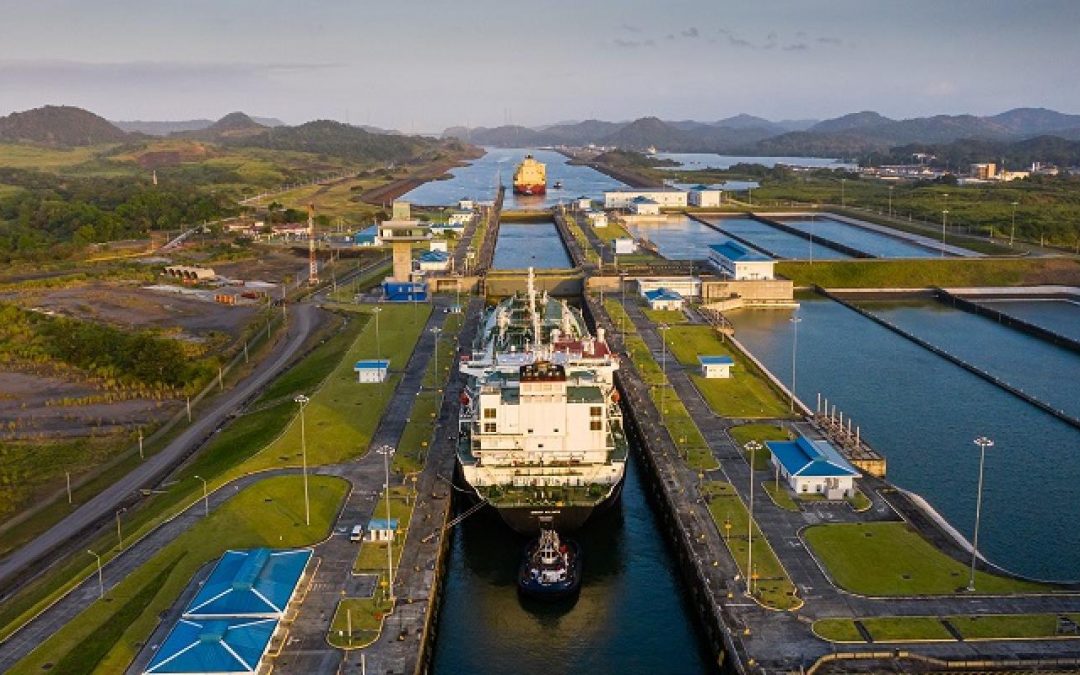The growing weight of Brazil in the global LNG market has been a driver in a push for more price transparency in the region, particularly amid the backdrop of an upcoming maintenance potentially driving up import demand and LNG prices, according to an S&P Global Commodity Insights analysis.
Brazil has typically been heavily dependent on hydroelectric power generation, but in the fall of 2021 the country was hit by severe droughts draining its hydroelectric resources, and as a result imported record LNG volumes from the US. This contributed to a run up in LNG prices with both Asia and the Atlantic left grappling for volumes in the tight market and the Platts-assessed DES Northwest Europe LNG Marker prices reached a then-record of $40.145/MMBtu on Oct. 5, 2021.
Prices have since come down and Platts, a part of S&P Global Commodity Insights, launched a DES Brazil assessment on Feb. 1 and assessed the market at $8.909/MMBtu, a 40 cents/MMBtu premium to the Northwest European marker.
Upcoming pipeline maintenance in Brazil’s Rota 1 offshore gas pipeline could support Brazil’s LNG imports in the near-term and push up prices, traders and analysts at S&P Global Commodity Insights said.
“Brazil’s LNG import volumes are forecast to increase in the coming weeks in response to scheduled maintenance on the Rota 1 offshore gas pipeline,” Leonardo Gomes, LNG Analyst. “The pipeline, operated by Petrobras and responsible for transporting gas produced in pre-salt and post-salt fields in the Santos basin to Brazil’s transportation network, will undergo maintenance from March 3rd to 23rd.”
Leonardo added that the 10 million cm/d Rota 1 pipeline plays a vital supply role in Brazil’s natural gas market, feeding consumers in the Southeast region, including thermoelectric power plants in the states of São Paulo, Minas Gerais, and Rio de Janeiro.
LNG imports into Brazil in January stood at 220,000 mt as of Feb. 1, this was around 85% of the November volumes which was a 13-month high, according to S&P Global data.
Zero imports were recorded in December.
Of the 220,000 mt, 170,000 mt was from the United States while the rest came from Trinidad.
Hydro influence
LNG traders said Brazil is unable to ramp up hydrogeneration capacity in line with sudden sharp rises in power generation and as a result must import LNG to fill the energy gap.
2021 saw the highest level of annual imports by Brazil, according to S&P Global data and pushed Brazil above the UK, India and Chile as the sixth largest overall importer of the US LNG since the first cargo departed from Louisiana’s Sabine Pass in February 2016. This was triggered by droughts, and limited hydropower growth when at the same time power demand was strong.
Gomes added that in August 2021, to cover for 30 days of maintenance on the same pipeline, Petrobras expanded the regasification capacity of the Guanabara Bay terminal from 20 million to 30 million cm/d and purchased additional LNG from the global spot market. Because Brazil was undergoing a severe drought at the time, regasified volumes reached 39.8 million cm/d during the maintenance period, the year’s highest volume. Although the hydro reservoirs’ situation in Southern and Southeastern Brazil is much better, Gomes still expects Petrobras to procure additional cargoes to cover for lost pipeline flows on Rota 1.
Petrobras did not immediately respond to a request for comment on its LNG import strategy.
Unexpected weather conditions have bolstered Brazil’s LNG demand in the past, with demand surging during periods of extreme heatwaves and forcing cargoes to suddenly be diverted from Europe.
In November 2023, the LNG market saw multiple cargoes diverted to Brazil to meet record power demand caused by an acute heatwave. LNG volumes helped in supporting any backup thermal power generation that might have been triggered when hydro reservoirs worked to replenish water levels lost during the heatwave.
Price hikes at bay
The increase in imports from December to the beginning of February 2024 is attributed to the anticipation of continued above-average temperatures for the summer and forecasts of below-average rainfall for the upcoming wet season, which typically spans from December to April. One difference between this season and the past and a factor in keep prices from shooting higher is that Brazil’s imports have not been sudden nor in huge volumes, the 210,000 mt is equivalent to four small cargoes.
“Right now, we have higher reservoir levels, and it’s not that warm… Last summer, when the temperatures are around 50 degrees, so demand from air conditions, power, spiked,” a trader in the region said. “In 2021, it was different, hydro reservoirs were low and there were high temperatures, now reservoir levels are high, and it can also ramp up. Gas can help fill the supply gap.”
Source: Hellenic Shipping News





